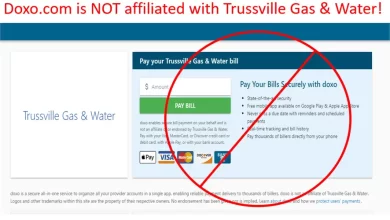Understanding the 3-Digit Code on Credit Cards
Credit cards have become a ubiquitous part of modern-day life, allowing us to make purchases and payments with ease. While many of us are familiar with the basic workings of credit cards, there is one aspect that often remains a mystery: the 3-digit code on the back of the card. In this article, we will dive deep into the world of credit card security and explore the ins and outs of the 3-digit code.
What is the 3-Digit Code on Credit Cards?
The 3-digit code on the back of credit cards is known by different names depending on the provider – it can be called the Card Security Code (CSC), Card Verification Value (CVV), or Card Verification Code (CVC). Regardless of the name, the purpose of the code is to provide an additional layer of security when making online or telephone purchases.
How Does the 3-Digit Code Work?
When you make an online or telephone purchase, you may be asked to provide the 3-digit code in addition to your credit card number, expiration date, and billing address. This code is not stored in the magnetic stripe or chip of the card and is therefore not easily accessible to potential fraudsters.
By providing the 3-digit code, you are confirming that you physically possess the card and that the information provided is accurate. This helps to prevent fraudulent activity and protects both you and the merchant from financial loss.
Where Can You Find the 3-Digit Code?
The location of the 3-digit code varies depending on the type of credit card you have. For Visa and Mastercard, the code is located on the back of the card, usually in the signature box. It is a three-digit number printed in black ink, separate from the credit card number.
For American Express, the code is located on the front of the card, above the credit card number. It is a four-digit number and is printed in small font.
Is the 3-Digit Code Necessary for All Transactions?
While the 3-digit code is an important security feature, it is not always required for every transaction. Some merchants may choose not to require the code for certain purchases, such as recurring payments or in-person transactions where the card is physically present.
However, it is important to note that providing the 3-digit code increases your level of protection against fraud and can help prevent unauthorized charges on your account.
What Should You Do If Your 3-Digit Code is Compromised?
If you believe that your 3-digit code has been compromised, you should contact your credit card issuer immediately. They will be able to provide guidance on next steps, such as canceling your card and issuing a new one.
It is also important to monitor your account activity regularly to ensure that there are no unauthorized charges. By staying vigilant and taking quick action, you can help protect yourself from financial loss.
Conclusion
The 3-digit code on credit cards is a crucial security feature that helps prevent fraud and protects both consumers and merchants. By understanding how the code works, where to find it, and when it is necessary, you can use your credit card with confidence and peace of mind.
If you ever have any concerns about the security of your credit card, don’t hesitate to reach out to your issuer for assistance. With their help and your own diligence, you can keep your financial information safe and secure.


